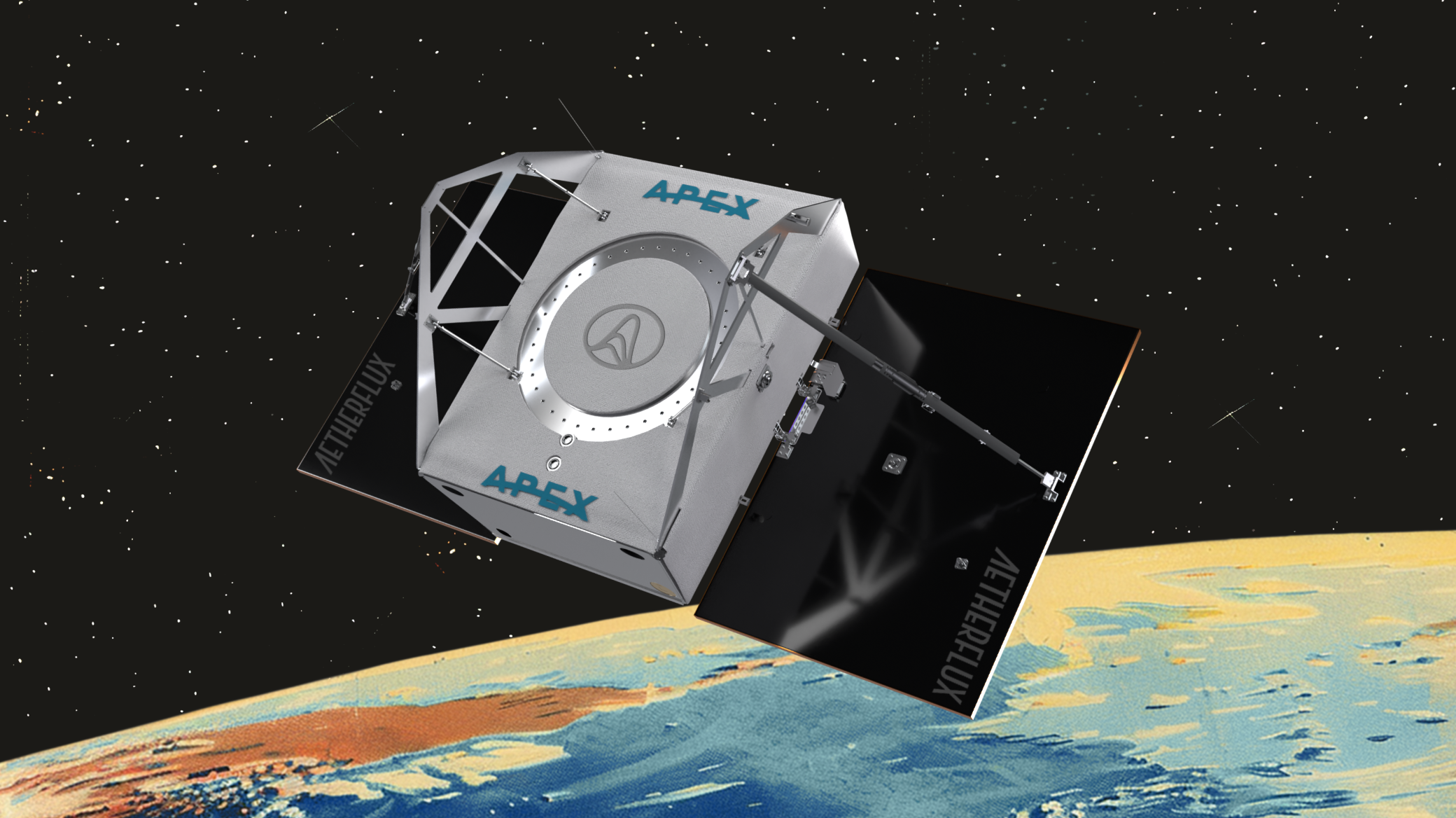In the long term, there’s the potential to provide a base load of power to augment the intermittent availability of terrestrial wind and solar energy—a key need if the world is to de-carbonize its electricity generation.
But that’s probably putting the cart before the horse. One of the biggest challenges of space-based solar power is that it has always been theoretical. It should work. But will it work? Trying out a low-cost demonstrator mission in the next couple of years is a fine way of finally putting that question to rest.



It’s a good idea, but what happens if one of these high energy LASERs misses the collector?
They’re microwaves spread out over several hundred meters squared, so… likely nothing
Nothing. This question came up when microwave meaning technology was conceived. You use a laser from the ground to align the transmitter to the receiver. The target sensor is aligned and shielded such that it can only receive a signal from a single, narrow direction. If the transmission beam deviates out of alignment even a fraction of a degree then the satellite kills the transmission. You can use multiple redundant systems to work along with it, and have both a software and hardware cutoff to stop the transmission beam bring frying anything off-target.
I, too, played SimCity 2k.
If you’re lucky, you get free energy!